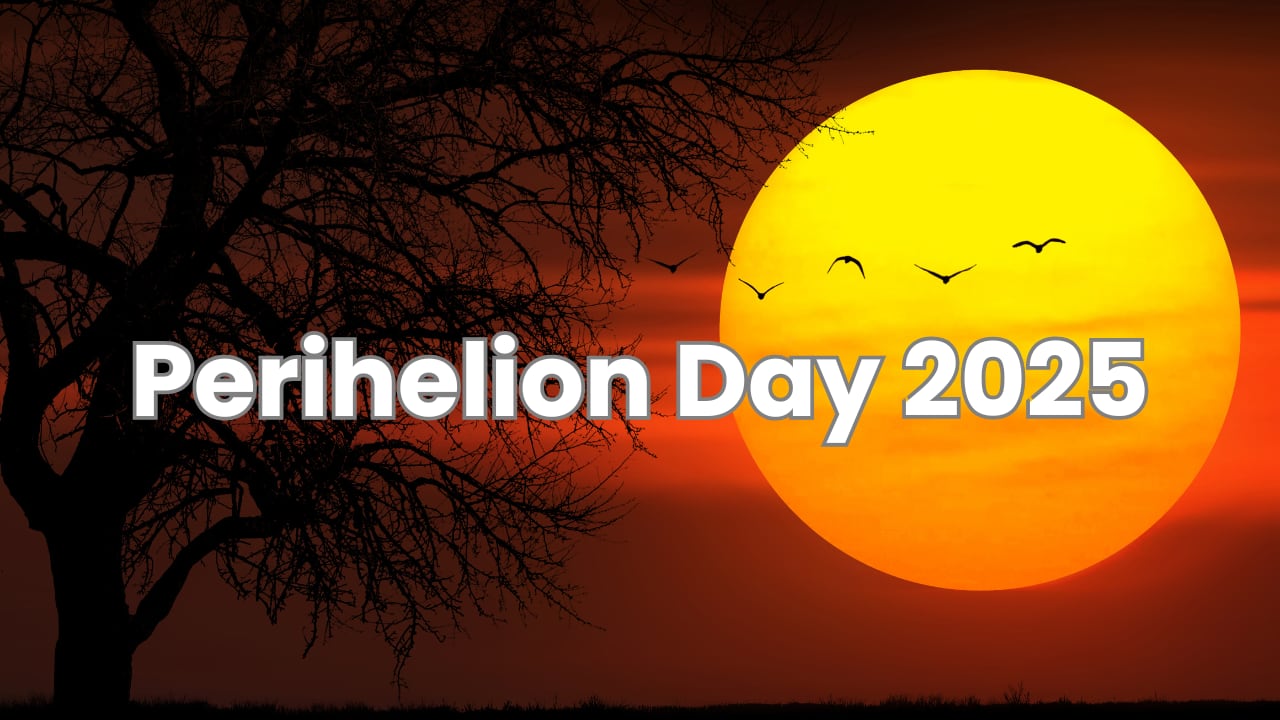
On 4 January 2025, Earth will reach its closest point to the Sun, an astronomical event called Perihelion Day. This annual occurrence happens every January and offers a fascinating glimpse into Earth's elliptical orbit. What is Perihelion? At perihelion, Earth will be approximately 147 million kilometres from the Sun.
The Sun will appear slightly larger in the sky, but the change is almost imperceptible. This year, perihelion will occur at 8:28 a.m.

EST, according to timeanddate.com. The term perihelion originates from the Greek words “peri” (near) and “helios” (Sun).
This event typically falls between 2 and 4 January, shortly after the December solstice. In contrast, aphelion—the farthest point from the Sun—occurs in early July. Read Also: Get ready for a 'planet parade' in January 2025: Venus, Saturn, Jupiter, Mars to shine bright; know viewing tips Despite being closer to the Sun, Northern Hemisphere temperatures remain cold during perihelion.
Earth's axial tilt, not its distance from the Sun, governs seasonal weather patterns. At this time, the Northern Hemisphere tilts away from the Sun, resulting in cooler conditions despite increased solar radiation. Earth's Orbit: A Changing Shape Earth's orbit is not a perfect circle but an ellipse.
The shape, or eccentricity, changes over time due to gravitational influences from the Moon and other celestial bodies. Every 100,000 years, Earth’s orbit fluctuates between nearly circular and more elliptical. Read Also: Year 2025 to witness four eclipses, but only one visible in India: Know dates and details This slight variation in Earth's orbit plays a crucial role in the planet's climatic patterns but has minimal impact on the Sun’s apparent size.
For stargazers, perihelion offers a unique chance to ponder our planet’s journey through space. Read Also: Sun (Surya) Transit 2025: Sun Enters Saturn's Zodiac - 5 Zodiac Signs to Expect Financial Windfall.















